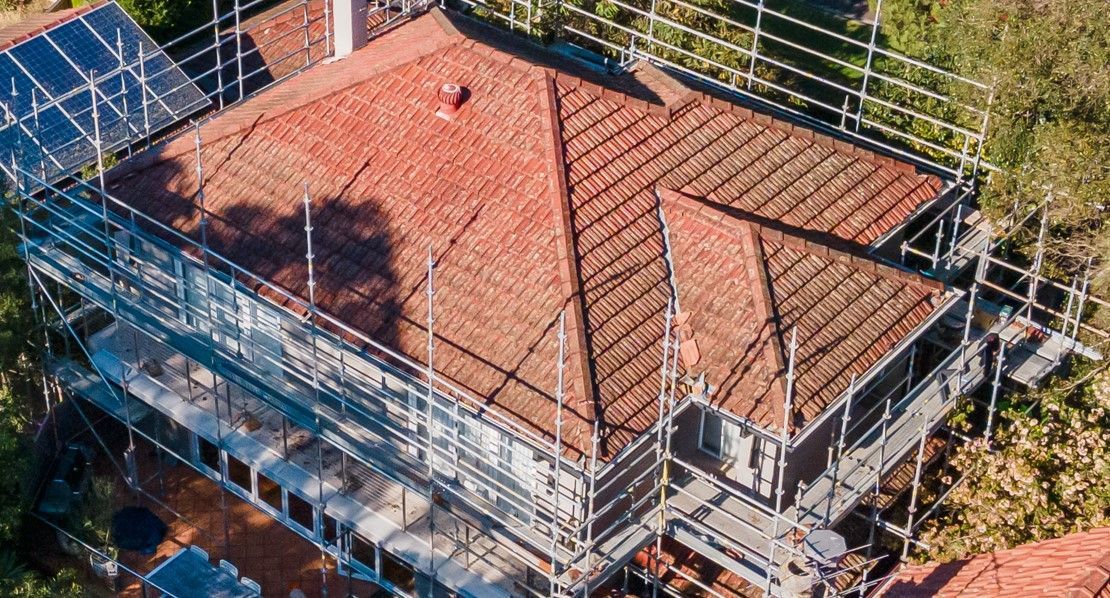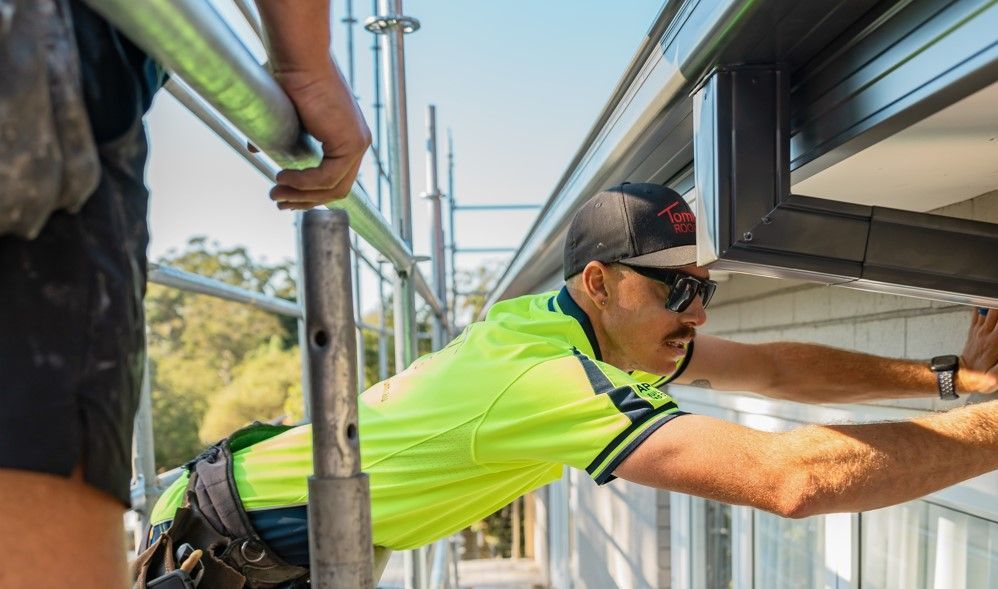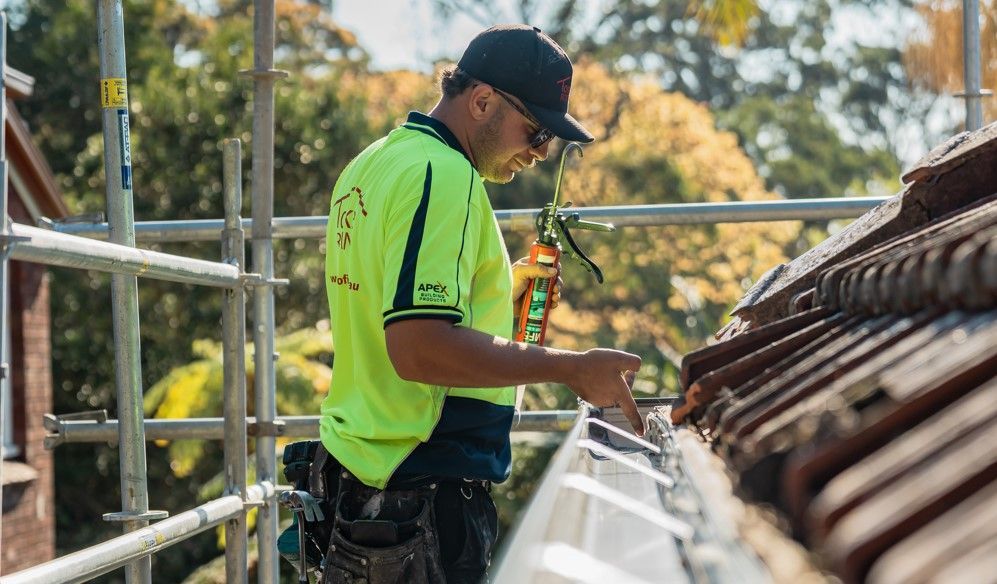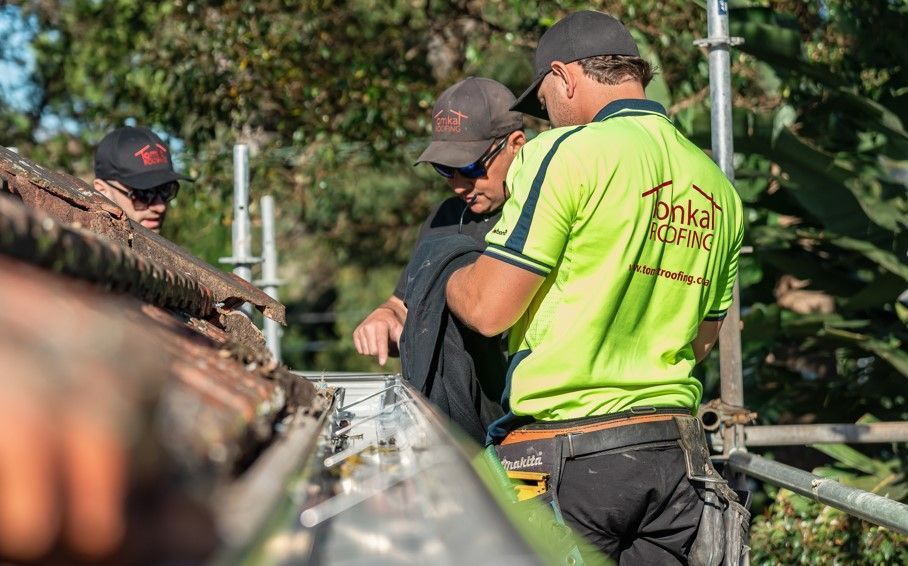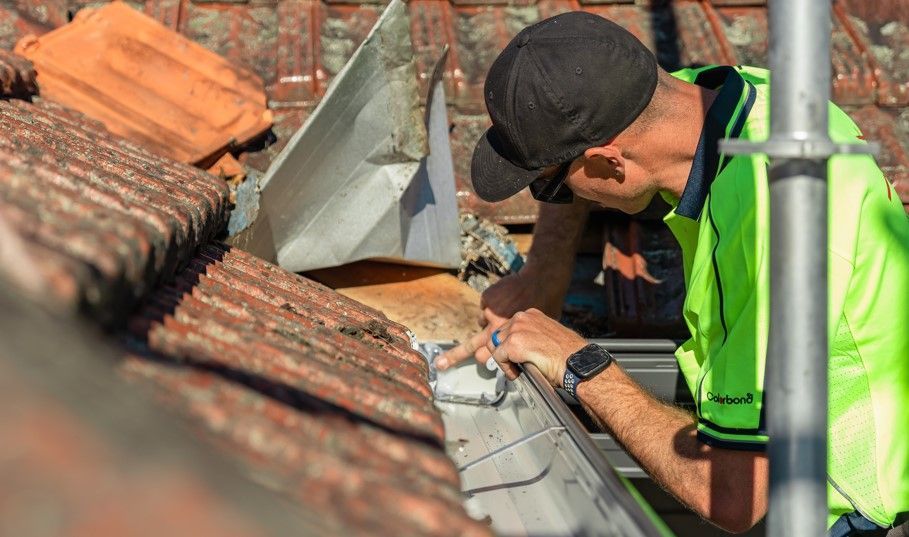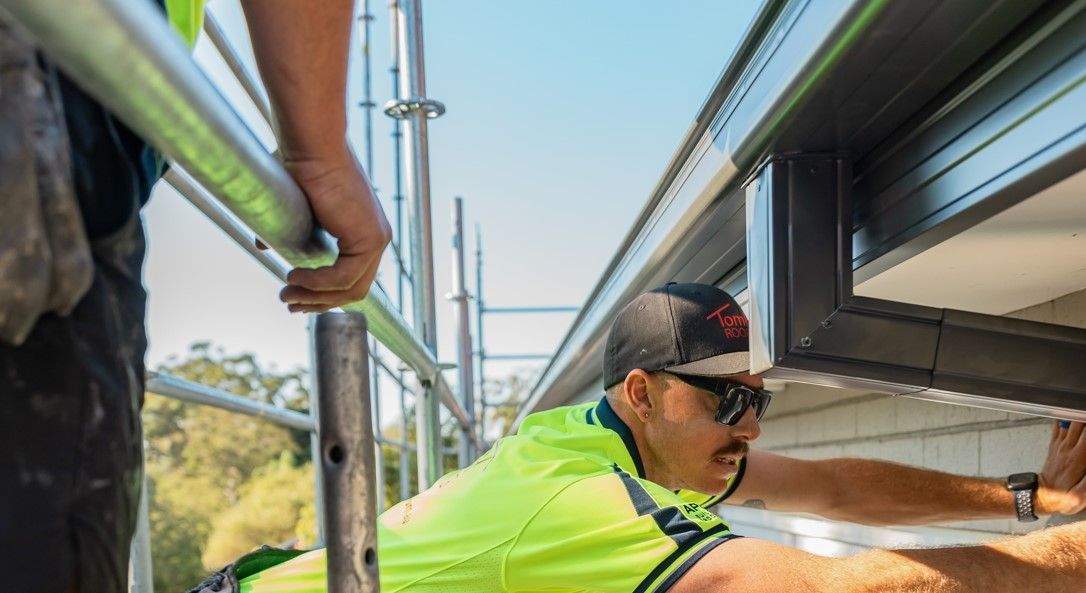Tile Roof Leaks & Why Regular Roof Maintenance is Crucial for Your Home
Tile roofs have long been admired for their stunning aesthetic, durability, and longevity. Yet, like anything exposed to the elements, even the strongest tile roofs will eventually show signs of wear. One of the most common issues everyone faces is tile roof leaks.
A small leak might seem like a quick fix, but ignoring it can lead to costly water damage. A leaking roof, whether caused by cracked tiles, poor installation, or the forces of nature, can quickly compromise your home's structure and safety.
Understanding the causes of tile roof leaks and knowing how to fix them is essential for maintaining your home’s structural integrity. We have compiled this comprehensive guide to have a detailed look into the common reasons behind leaking roof tiles and walk you through the steps of how to fix them.
Whether you're tackling the repairs yourself or bringing in the experts, addressing leaks quickly can prevent costly damage and extend the life of your roof.
5 Common Problems and Causes of Tile Roof Leaks
Tile roofs are made to withstand the elements, but like any part of your home, they require regular maintenance. Several factors can lead to tile roof leaks, some of which are related to the roof's age, while others are environmental or installation-related.
1. Cracked Or Broken Tiles
Over time, tiles can crack or break due to severe weather conditions such as heavy rain, hail, or wind. Even normal wear can cause a tile to lose its integrity. Once a tile is cracked or broken, it creates an opening for water to seep through, which can lead to leaks.
Even small cracks are problematic, as they can quickly worsen under pressure from further weathering.
2. Displaced Or Misaligned Tiles
Tiles are designed to fit snugly together, creating a barrier that channels water off the roof. However, over time, tiles can shift or become displaced due to high winds, structural settling, or improper installation.
If tiles are out of alignment, they can create gaps that allow water to infiltrate beneath the surface. Misalignment often occurs in areas of the roof that experience frequent exposure to wind, or the edges and valleys where water tends to pool.
3. Damaged Flashing
Flashing is an essential part of your roof's defence against water damage, particularly in areas where the roof intersects with vertical structures like chimneys, skylights, and vents.
Typically crafted from metal, flashing serves as a protective seal between roofing materials and these vulnerable spots. Over time, however, flashing can deteriorate due to exposure to the elements.
Once damaged, it can allow water to seep through, resulting in leaks. Damaged or compromised flashing is one of the primary culprits of roof leaks, particularly where horizontal roof planes meet vertical structures.
4. Clogged Gutters And Downspouts
While gutters and downspouts may not be directly part of your roof, they are crucial for effectively managing water runoff from your roof and directing it away from your home. When gutters become clogged with debris such as leaves, twigs, or moss, water can no longer flow freely through them, leading to backups and overflow. This trapped water can then pool on the roof, especially near the edges where the roof meets the gutters.
Over time, this stagnant water can seep into the roof’s layers and cause leaks, often around the junctions where the tiles and gutters meet.
5. Moss And Algae Growth
Moss, algae, and lichen can grow on tile roofs in areas with frequent rainfall. These organisms trap moisture against the tiles' surface, causing them to deteriorate over time.
As the tiles break down, they become more susceptible to cracks and other forms of damage that can lead to leaks. Moss and algae growth can also block gutters, exacerbating the problem by preventing water from draining properly.
5 Simple Steps to Repair Tile Roof Leaks
If you’ve discovered a tile roof leak, addressing the issue promptly is essential to prevent further damage. While a confident DIYer can repair some minor leaks, more complex issues may require professional intervention.
Here's a step-by-step guide to fixing tile roof leaks:
1. Inspect For Cracked Or Broken Tiles
The first step in repairing a tile roof leak is to inspect the roof for any broken, cracked, or missing tiles. These are often the primary culprits that cause leaks. Using a ladder, carefully examine the roof to identify any tiles that appear damaged or out of place. It’s essential to handle the roof with care to avoid further damage and to ensure safety.
If you identify any broken or cracked tiles, they must be replaced. Replacing tiles is relatively straightforward, but it requires a bit of precision to ensure that the new tile fits correctly. Begin by lifting the tiles around the damaged one, removing the broken tile, and inserting a new one in its place. Make sure the new tile is aligned properly to avoid gaps.
2. Realign Misplaced Tiles
If the tiles on your roof have become displaced, it’s important to realign them to restore the roof’s integrity. Carefully lift the surrounding tiles and reposition the misplaced tiles back into their original position.
Make sure that the tiles fit tightly against one another to form a continuous barrier. Misalignment can lead to gaps that water can easily seep through, so it’s essential to get the tiles in place correctly.
3. Repair Or Replace Flashing
Flashings around chimneys, vents, and other penetrations in the roof are critical for preventing leaks. If the flashing gets damaged, water infiltrates the roof. To repair the flashing, first, remove any roofing material that overlaps the flashing.
If the flashing is still in good condition, reseal it with roofing cement or a compatible sealant to restore its water-tightness. Make sure that the new flashing is securely fitted around the penetration, overlapping the roofing material to form a watertight barrier.
4. Clean And Maintain Gutters
Clogged gutters can exacerbate leaks by allowing water to pool on the roof, so it’s essential to regularly clean your gutters and downspouts. To clear gutters, use a ladder to remove leaves, twigs, and other debris. A leaf blower or garden hose can also help dislodge debris from hard-to-reach spots.
Once the gutters are clear, check for any signs of damage or misalignment and address those issues as needed. Properly functioning gutters direct the water away from the roof and reduce the risk of leaks caused by standing water.
5. Treat Moss And Algae Growth
To address moss, algae, or mould growth on your tile roof, use a roof cleaner specifically designed to remove these organisms. These cleaners can be applied with a sprayer and allowed to sit for several hours before being rinsed off with a hose. Moss and algae can also damage tiles, so it’s essential to remove them to preserve the integrity of the roof.
In areas prone to frequent rain or high humidity, consider installing zinc or copper strips along the ridge of the roof. These metals are natural inhibitors of moss and algae growth, helping to keep the roof clean and free of growth.
When To Call A Professional Roofing Company
While many people can tackle small tile roof repairs themselves, more extensive issues often require the skill and experience of a professional roofer. If you notice a persistent leak, or widespread damage, or are unable to locate the source of the issue, it’s time to call in an expert.
Tile roof repairs can be more complicated than simply replacing a broken tile. Problems like misalignment, faulty flashing, or issues with the roof's underlying structure may not be immediately obvious.
A professional roofer has the right tools and specialised knowledge to accurately diagnose the issue and perform the repairs needed. They can also inspect the entire roof for any hidden issues that could lead to future leaks, such as damage beneath the tiles or weakened support beams. Roofers are also trained to work safely at heights, reducing the risk of accidents.
Moreover, professional roof repairs often come with a warranty, which offers peace of mind that the work will be done correctly. In many cases, hiring a professional roofer can prevent further damage, saving you money in the long run.
If the damage to your roof is significant or if you're unsure how to proceed, calling a professional roofer is the safest and most effective option.
Wrapping Up: Preventing and Fixing Tile Roof Leaks for a Safe Home
Tile roof leaks are common, but with timely repairs and regular maintenance, many problems can be prevented or addressed before they cause significant damage. Whether you are fixing leaking roof tiles yourself or calling in a professional, understanding the causes and solutions to tile roof leaks will help you make informed decisions about roof care.
Don’t wait until it’s too late! If you spot any signs of a leak, take action immediately. Timely roof maintenance and swift repairs can save you from costly damage and extend the life of your tile roof. Protect your home today—call Tomkat Roofing for expert leak repairs and ensure your roof stays in top condition!


